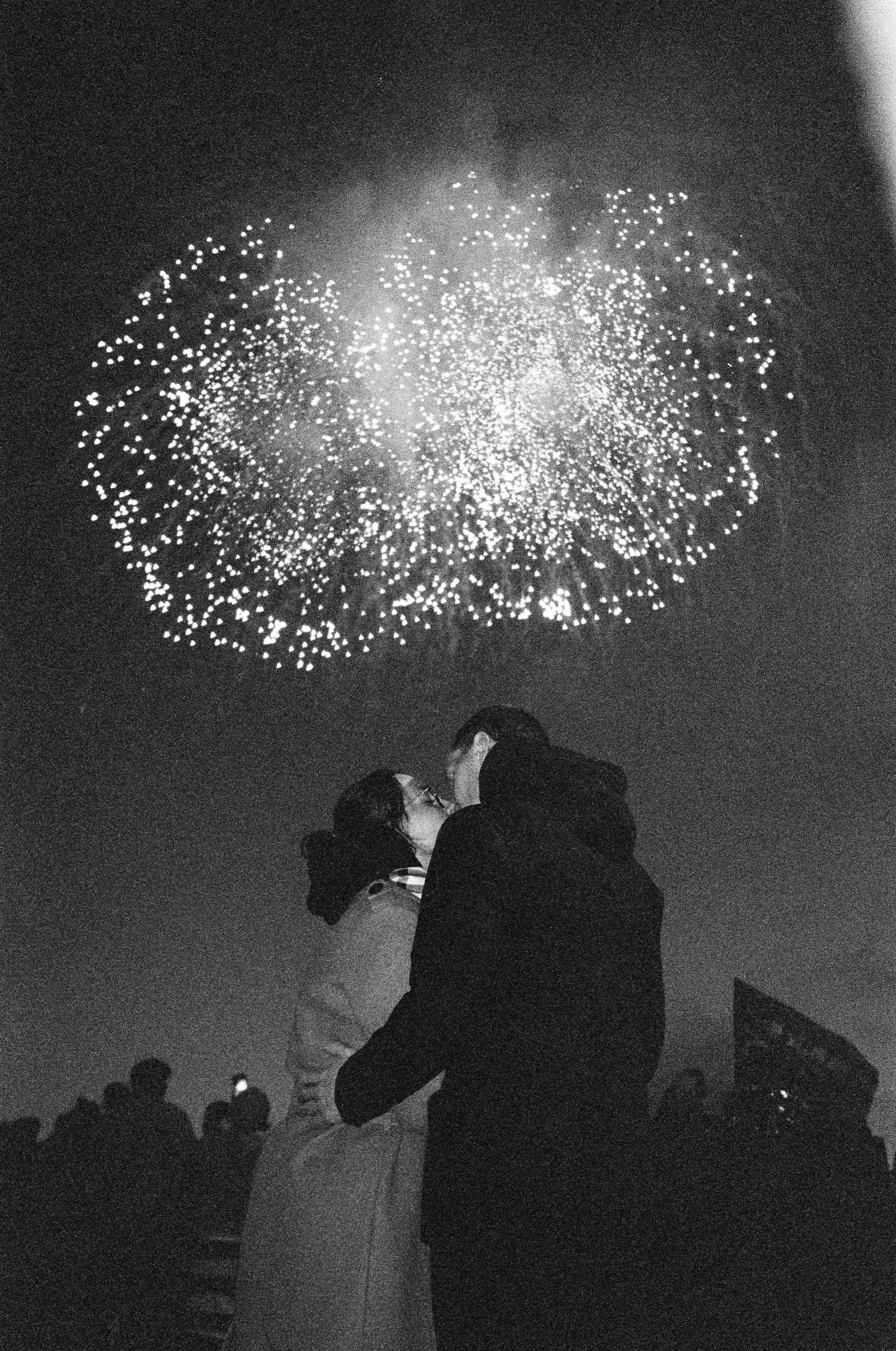Falling in love is like getting hit by a bus, sometimes it comes out of nowhere, without any warning, leaving us wondering how we fell so quickly. While it may be difficult trying to put words to our feelings of love, much of it can be explained through biological chemistry.
According to a team of scientists led by Dr. Helen Fisher at Rutgers University, there are three stages of falling in love -- each stage is characterized by its own set of hormones stemming from the brain.
1. Lust
Lust is driven primarily by the hormones testosterone in men and estrogen in women. When you’re in this stage, you feel driven by the desire for sexual gratification, evolutionarily stemming from the need to reproduce and therefore may ignore other signs. There is a focus around the desire for mystery or an intensity that makes things exciting and often leads towards the “ honeymoon” phase.
2. Attraction
In the second stage, you begin to obsess about your lover and crave their presence. Feelings that give you a surcharge of energy or excitement as you fantasize about all the things you’d like to do with your partner are created by three chemicals: dopamine, norepinephrine, and serotonin. This stage of Attraction, or limerance, involves the brain pathways that control “reward” behaviour, explaining why the beginning stages of a relationship often feel exhilarating and all-consuming.
- Dopamine, produced by the hypothalamus, is associated with motivation, reward, and goal-oriented behavior— it’s released when we do things that feel good to us, hence the drive to pursue or fantasize about your loved one. High levels of dopamine are released during attraction, therefore making us feel giddy, energetic, and euphoric. Or in other words, madly in love!
- Norepinephrine is responsible for the extra surge of energy as well as the loss of appetite and lack of sleep. It puts your body in a more alert state because of its role in the body’s natural fight or flight response. According to Katherine Wu, a graduate student at Harvard University, “brain scans of people in love have actually shown that the primary “reward” centers of the brain [...] fire like crazy when people are shown a photo of someone they are intensely attracted to, compared to when they are shown someone they feel neutral towards”.
- Last but not least, serotonin is likely to decrease at this stage, which can explain why we begin to obsessively think about our loved one. Studies found that people who suffer from obsessive-compulsive disorder also have low levels of serotonin, leading scientists to speculate that this is what underlies the overpowering infatuation that characterizes the beginning stages of love.
3. Attachment
The final stage of falling in love is attachment, this is the predominant factor in defining the success of long-term relationships. While lust and attraction are associated with the romantic and euphoric stages of falling in love, the attachment stage refers to a more meaningful and deeper bond between two people, like moving from puppy love to mature love. After about four years, dopamine decreases and may get replaced by oxytocin and vasopressin, which create the desire to bond, affiliate with, and nurture your partner. You begin to plan and dream together, to which you may move in together, get married, and/or have children.
- Oxytocin, known as the “cuddle-hormone”, is released during orgasm (as well as during childbirth and breast-feeding). This may explain why the more we have sex with one person the more likely we’ll want to be with them, and another reason why sex is thought to bring couples closer together. However, there is a dark side to oxytocin as well, as it seems to play a role in needy, clinging and jealous behaviours.
- The second hormone involved is vasopressin, which is released by the pituitary gland directly after having sex. Experts believe that vasopressin plays a role in social interactions between humans that encourages monogamous, long-term relationships.
Understanding what happens to the brain during the stages of lust, attraction, and attachment can help us better understand the nature of our relationships. Becoming aware of these hormones can help explain reasons behind our behaviors and in turn may help us better navigate through the unpredictable water of falling in love.
Exploring in therapy how these stages interact with personal patterns can be extremely insightful and meaningful. Below are some tools from psychologist and life coach Melanie Greenberg, to guide you through the stages of love:
- Don’t mistake lust for love. Give a new relationship time before you start dreaming of a future together.
- Keep the dopamine flowing in a long-term relationship. You can do this by having date nights, taking lessons, or going on trips in which you do novel and exciting things together. Perhaps you go hiking in Costa Rica, climb a rock climbing wall, or go and see a thrilling movie.
- Keep the oxytocin flowing with sex and intimacy. Write cards and notes, hug and kiss, share your hopes and dreams, and support those of your partner.
- Maintain some independence. If you’re the jealous, controlling type, start developing your own activities and friendships that make you feel important and cared about.
Understanding the science behind love is one thing, living it with awareness is another. If you’re curious about how your attachment patterns or emotional responses show up in relationships, our therapists can help you explore that. Book a free 20-minute consultation to begin understanding your own chemistry of connection.

